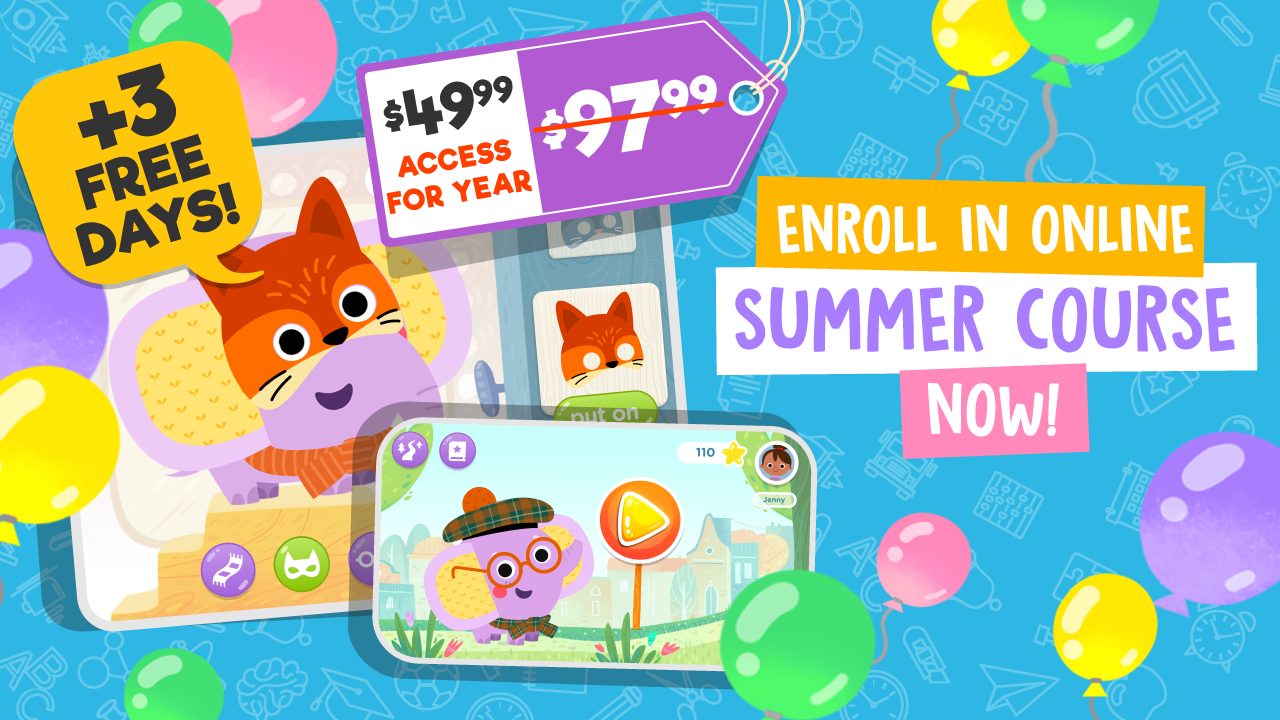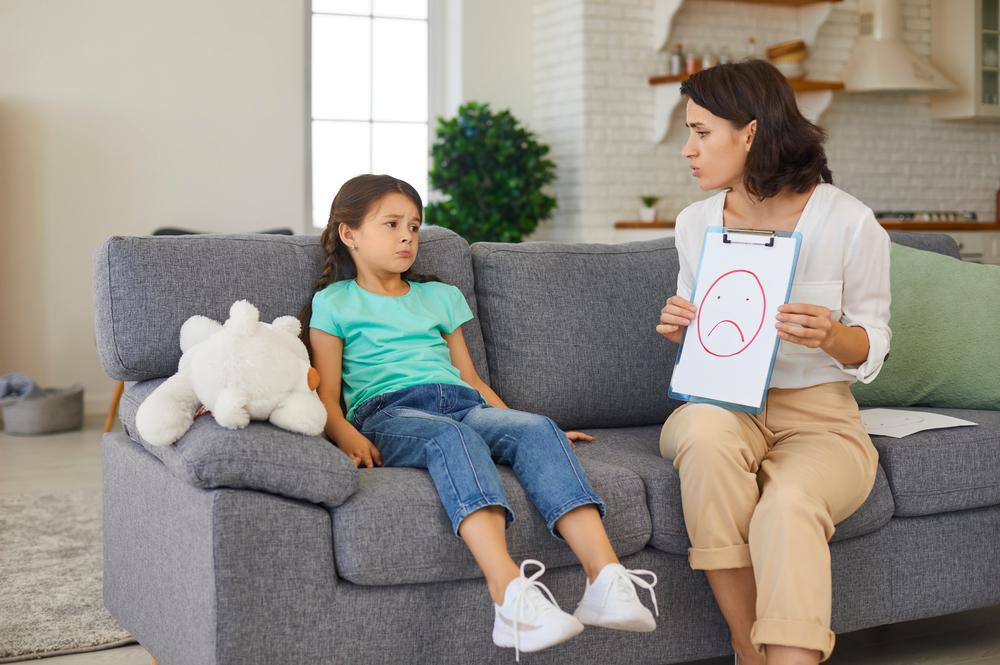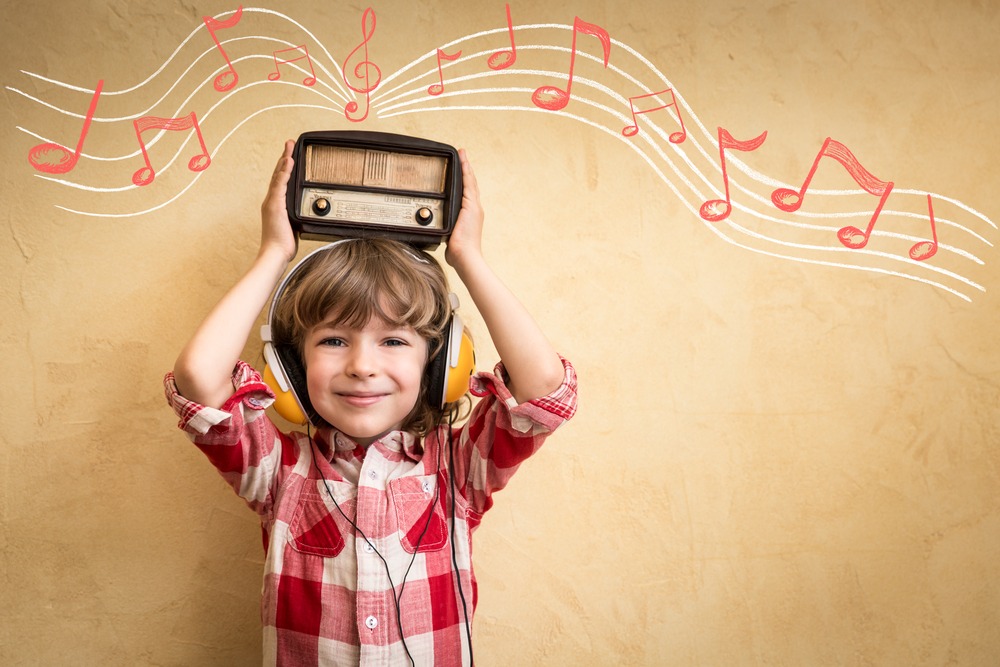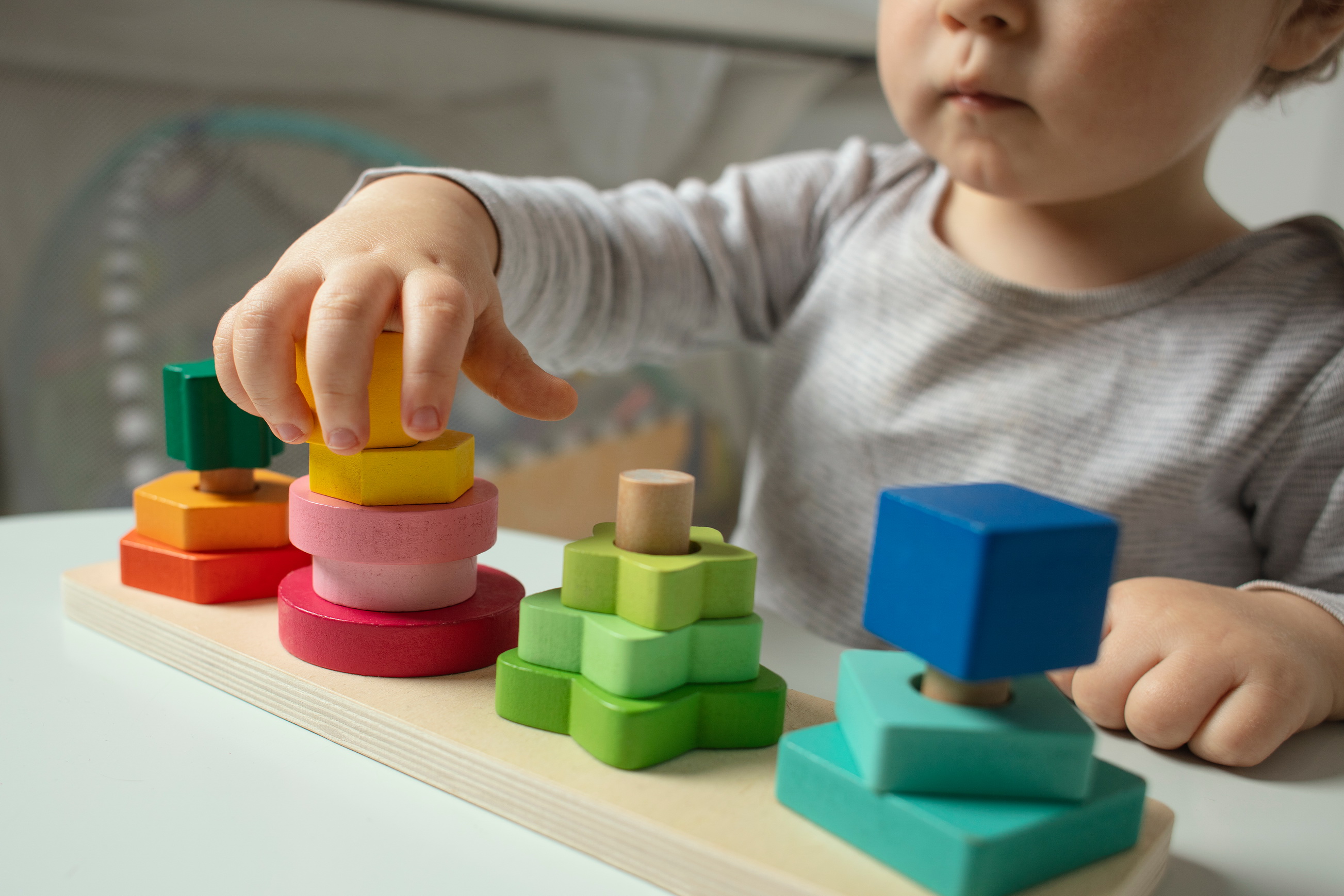Letter G worksheets activities for Ages 3-4
1 filtered results
-
From - To
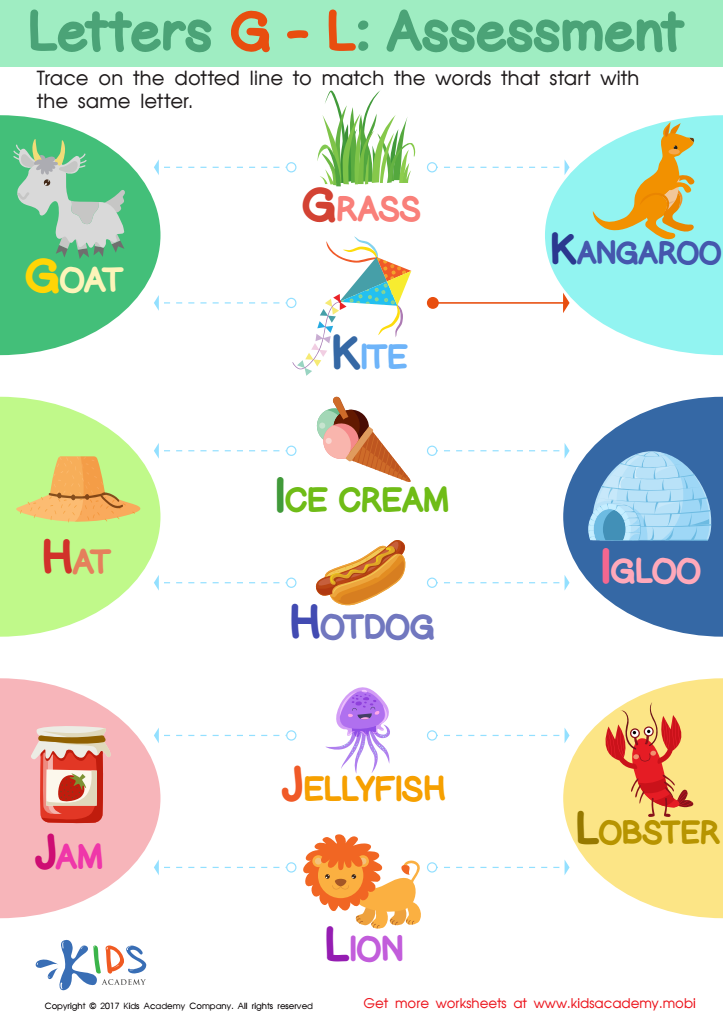

Letters G-L Worksheet
Letter G worksheets activities are an invaluable resource for early childhood education, offering a blend of learning and fun to young learners. These activities are specifically designed to introduce and reinforce the recognition, writing, and sound associated with the letter G, making them an essential part of literacy development. Here's why Letter G worksheets activities are so useful:
1. Enhances Alphabet Recognition: One of the primary benefits of Letter G worksheets activities is their role in enhancing alphabet recognition. Through engaging tasks, children learn to identify the letter G among other letters, which is a foundational skill in reading and writing.
2. Promotes Fine Motor Skills: These worksheets often include activities such as tracing and coloring, which are excellent for developing fine motor skills. As children trace the shape of the letter G and color G-themed images, they improve their hand-eye coordination and pencil grip, essential skills for writing.
3. Supports Phonemic Awareness: Letter G worksheets activities are not only about recognizing and writing the letter but also about understanding its sound. Through varied exercises, children are introduced to words that begin with the letter G, helping them develop phonemic awareness, a critical skill for decoding words.
4. Encourages Vocabulary Growth: By incorporating pictures and words that start with the letter G, these worksheets activities contribute to vocabulary expansion. Children learn new words and their meanings, enriching their language and comprehension skills.
5. Provides Engaging Learning Experience: Lastly, Letter G worksheets activities are designed to be engaging and enjoyable. By turning learning into a fun experience, children are more likely to stay motivated and interested in exploring the alphabet, setting a positive foundation for lifelong learning.
In summary, Letter G worksheets activities play a crucial role in early literacy by promoting alphabet recognition, fine motor skills, phonemic awareness, vocabulary growth, and making learning an enjoyable process. They are an essential tool in equipping young learners with the skills needed for successful reading and writing development.

 Assign to My Students
Assign to My Students





